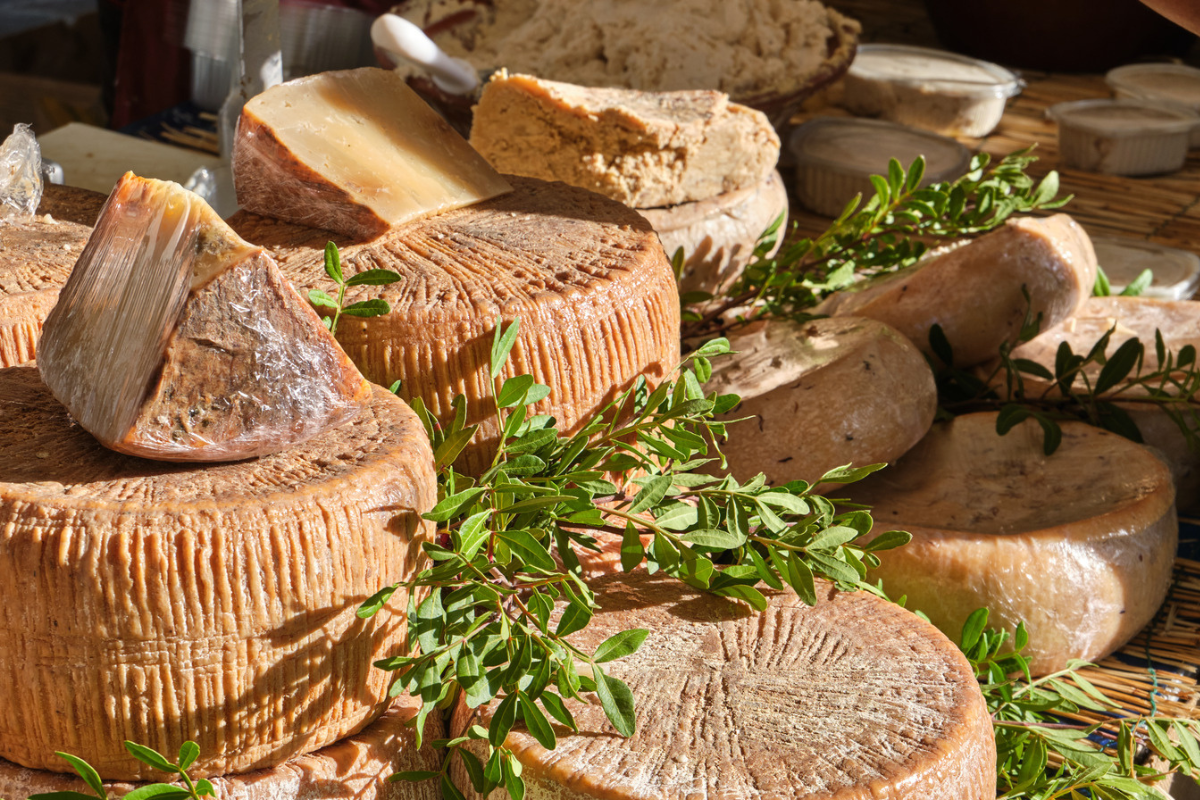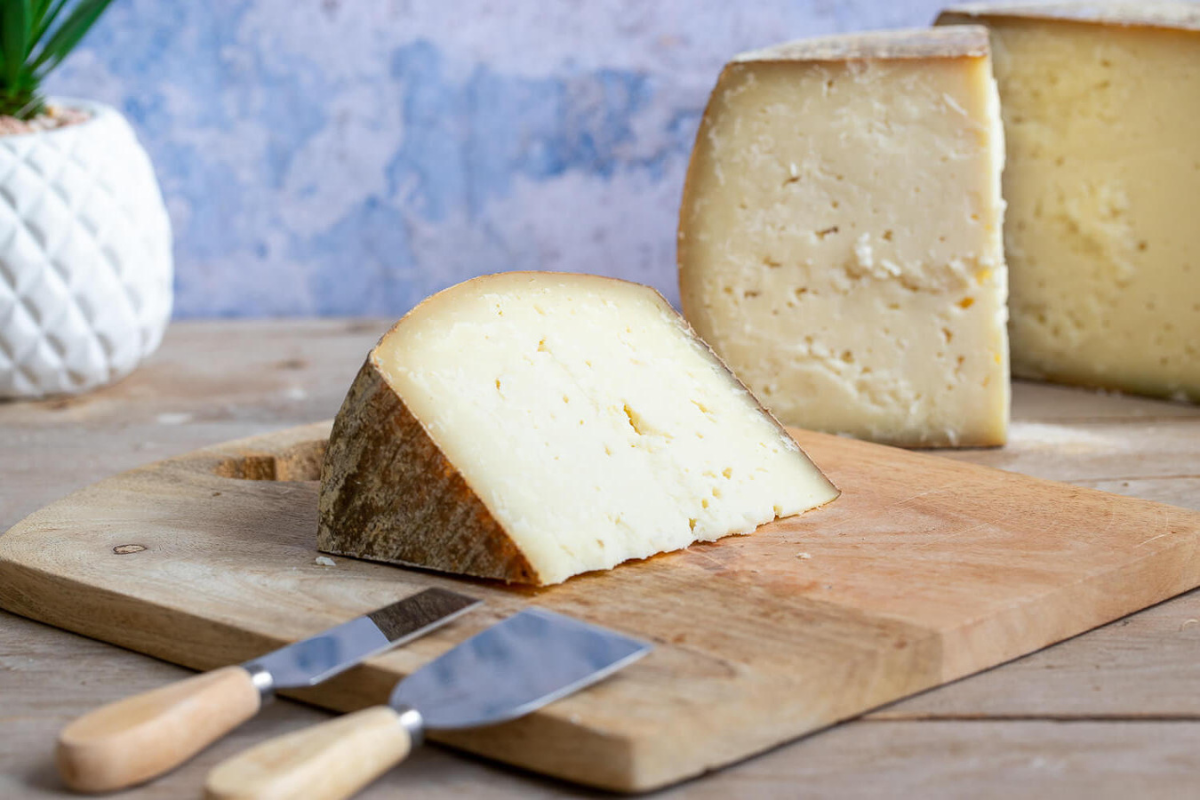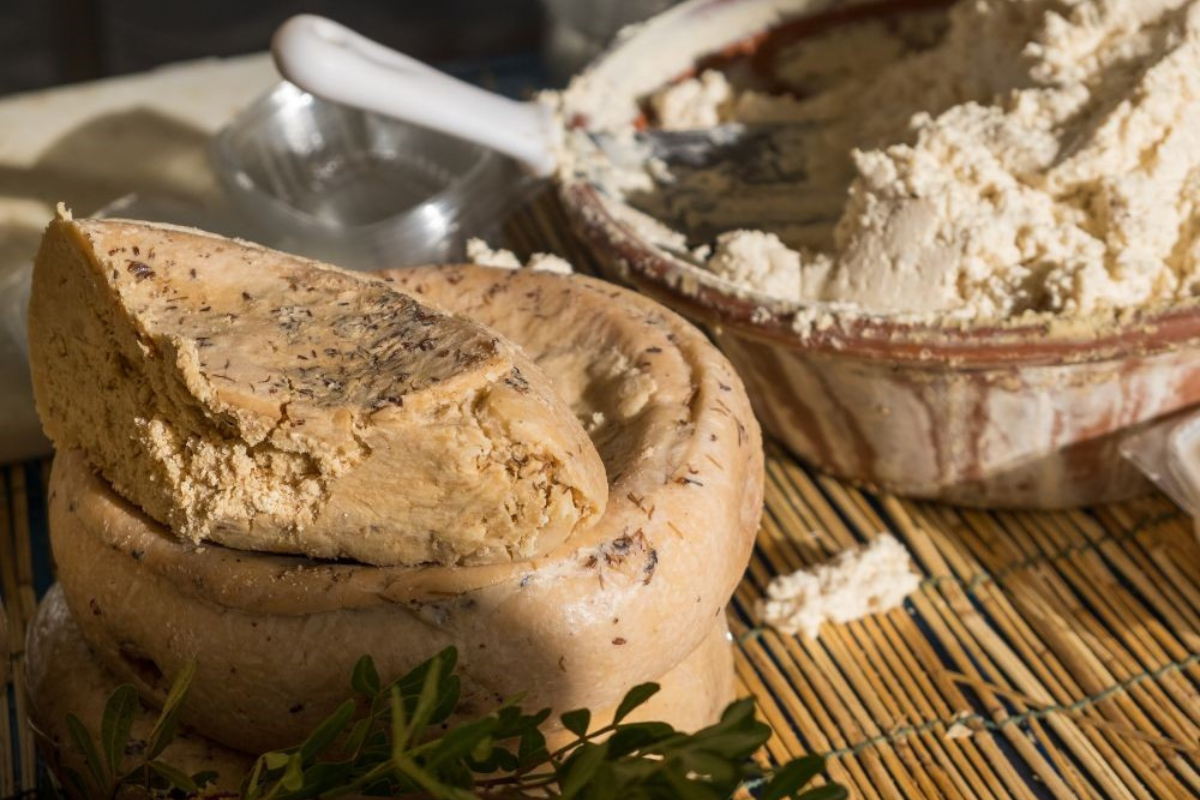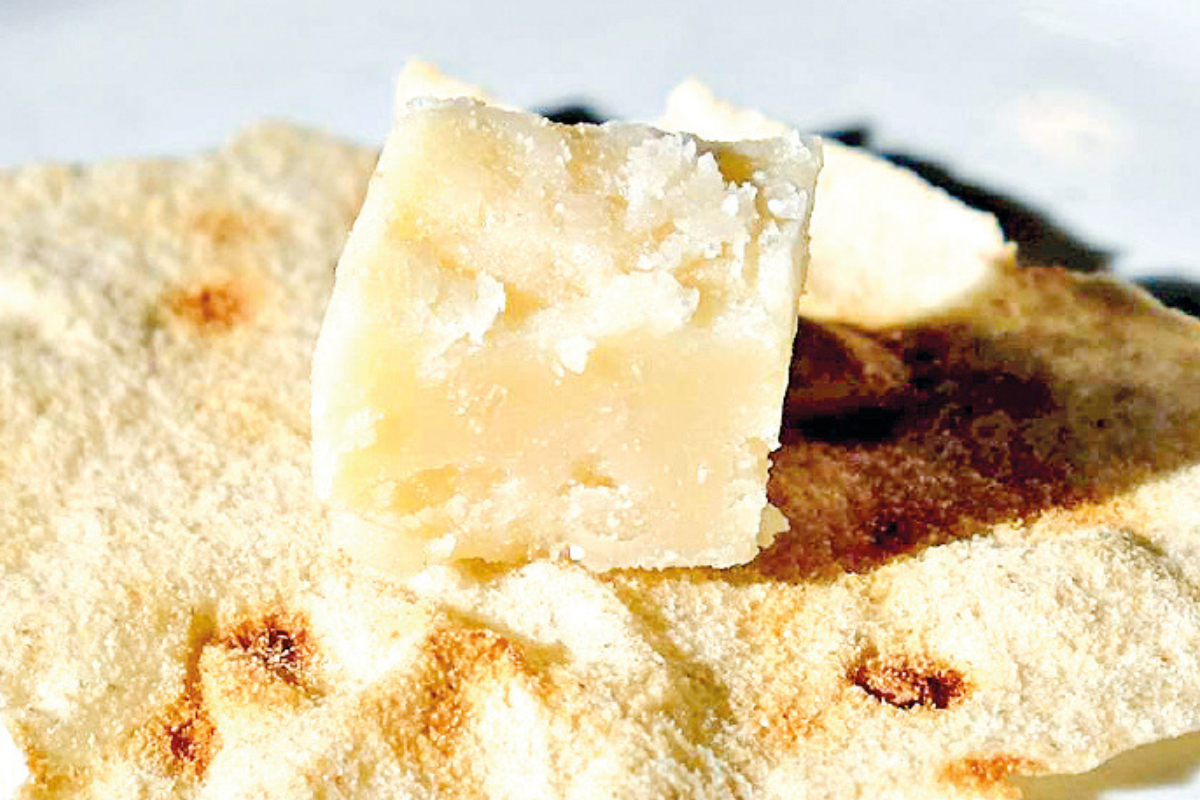Casu Marzu, a pungent pecorino cheese, riddled with live maggots, is a culinary anomaly that both repulses and intrigues in equal measure. But beneath its unconventional exterior lies a complex flavor profile and a rich cultural heritage deeply embedded in the Sardinian way of life. To delve into the world of Casu Marzu is to embark on a sensory adventure, challenging perceptions and forcing a reevaluation of what we deem edible.

Photo: Tasting Table
Nestled in the heart of Sardinia, Italy, lies a culinary adventure that isn’t for the faint of heart. Casu Marzu, a cheese notorious for its wriggling inhabitants, transcends the boundaries of typical dairy products and delves into the realm of the bizarre and intriguing. This pungent, aged sheep’s milk cheese is teeming with live maggots, their presence contributing to its unique flavor and texture, and sparking heated debates about its safety and appeal. But beyond the shock factor, Casu Marzu holds a deep significance in Sardinian culture and gastronomy, offering a glimpse into a unique culinary tradition and the complex relationship between humans and food.
A walk on the wild side: The science behind the squirming
The production of Casu Marzu begins with Pecorino, a traditional sheep’s milk cheese. The wheels are then left outdoors, exposed to the natural elements. This act serves as an invitation to Piophila casei, commonly known as the cheese fly. The flies lay their eggs within the cheese, and upon hatching, the maggots begin to feast, excreting enzymes that break down the cheese’s fats and proteins. This biochemical breakdown is key to Casu Marzu’s distinct characteristics. The texture softens, becoming creamy and spreadable, while the flavor intensifies, developing notes of spice, ammonia, and even a slight fruitiness.

Photo: Gabbiano Azzurro Hotel & Suites
However, the maggots are not merely passive decomposers. Their wriggling motions further contribute to the cheese’s texture, creating an air-filled network that adds a unique mouthfeel. This movement is not just aesthetic; it also helps prevent the growth of harmful bacteria, contributing to the cheese’s preservation.
Casu Marzu is deeply embedded in Sardinian culture, considered a delicacy by many and a symbol of resilience and resourcefulness. Traditionally consumed during celebratory meals, it represents a connection to the island’s pastoral heritage and a willingness to embrace unconventional food sources. The act of consuming the cheese, often eaten alive with Sardinian flatbread, is seen as a test of courage and a marker of cultural identity.
However, Casu Marzu’s unique production method has sparked controversy. The European Union has banned the sale of the cheese due to concerns about hygiene and potential health risks associated with maggot consumption. Despite the ban, production and consumption continue underground, highlighting the cultural significance that transcends legal regulations.
Beyond the squirm: A complex symphony of flavors
For those who dare to venture beyond the initial shock, Casu Marzu offers a complex and rewarding flavor experience. The initial pungency gives way to a creamy texture and a symphony of tastes ranging from sharp and salty to sweet and nutty. The maggots themselves, if eaten, contribute a slightly peppery flavor and a popping sensation in the mouth.

Photo: La Taverna del Percorino
While not for everyone, appreciating Casu Marzu goes beyond simply tolerating the maggots. It’s about understanding the cultural context, the scientific processes at play, and the unique flavor profile that emerges from this unconventional production method. It’s a journey into a different way of thinking about food, challenging preconceived notions and pushing the boundaries of culinary exploration.
The future of Casu Marzu remains uncertain. The EU ban presents a challenge, but the cheese’s cultural significance ensures its continued presence, albeit in a less visible form. Efforts are underway to explore controlled production methods that adhere to safety regulations while preserving the essence of the cheese.
Regional variations in serving and eating Casu Marzu
Despite its common characteristics, Casu Marzu exhibits subtle variations in preparation and consumption across different regions of Sardinia. These variations reflect the unique cultural nuances and culinary preferences of each area.
Nuorese style: In the mountainous Nuorese region, Casu Marzu is often served simply, accompanied by pane carasau, a thin, crispy flatbread. The cheese is spread on the bread, allowing the maggots to wriggle freely, adding a playful element to the experience. Some enjoy scooping out the liquefied cheese directly with the bread, savoring its intense flavor.
Barbaricino style: The rugged Barbagia region takes a bolder approach. Here, Casu Marzu might be paired with a strong red wine like Cannonau, creating a powerful flavor combination. The cheese is often enjoyed with olives, figs, and fennel salami, offering a contrasting mix of textures and tastes.

Photo: The Business Pot
Logudorese style: In the fertile plains of Logudoro, Casu Marzu is sometimes incorporated into more elaborate dishes. One variation involves stuffing the cheese into ravioli or culurgiones, traditional Sardinian dumplings. The creamy texture and pungent flavor of the cheese add a unique twist to these classic pasta dishes.
Gallurese style: The Gallura region, known for its seafood, sometimes pairs Casu Marzu with fresh fish or shellfish. The salty and savory notes of the cheese complement the sweetness of the seafood, creating a surprisingly harmonious combination.
While exploring the regional variations of Casu Marzu can be fascinating, it’s crucial to remember that consuming live maggots carries certain health risks. The European Union has banned the sale of Casu Marzu due to food safety concerns. If you’re curious to try this cheese, it’s essential to source it from a reputable producer who adheres to strict hygiene standards and consumes it at your own risk.
Ultimately, Casu Marzu stands as a testament to human ingenuity and our complex relationship with food. It’s a reminder that culinary adventures often lie beyond the familiar, waiting to be discovered by those willing to embrace the unconventional. Whether you find the idea repulsive or intriguing, Casu Marzu undoubtedly sparks conversation and pushes the boundaries of what we consider food, leaving a lasting impression on those who dare to delve into its wriggling depths.

